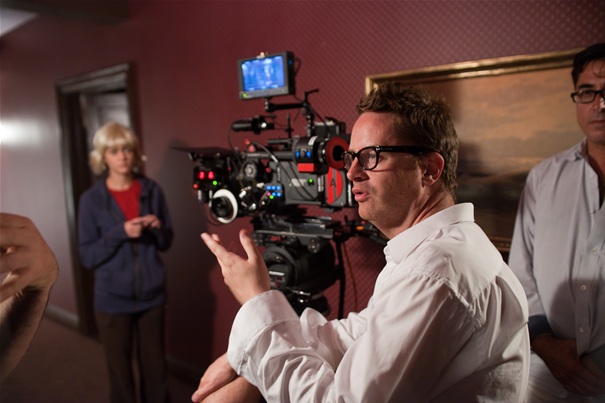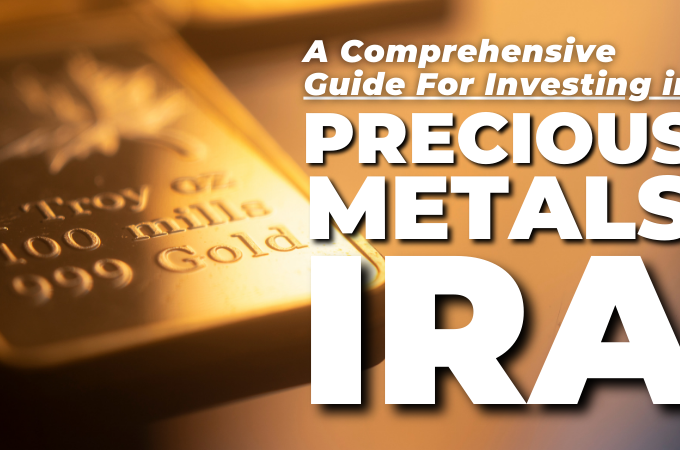
“I’m not the best filmmaker in the world,” confesses Danish filmmaker Nicolas Winding Refn, in town to discuss his acclaimed neo-noir Drive. “But I’m the best filmmaker at doing the kinds of films I make.” These may sound like the words of a stereotypically cocky director, albeit one who speaks just above a whisper. Frankly he can boast all he wants: Drive scored him the Best Director trophy at Cannes, a first for an action film. Since then his low budget art-thriller, in which Ryan Gosling plays a getaway driver embroiled in mafia intrigue, has—not unjustly—amassed acclaim so intense and hyperbolic it borders on parody.
But there’s an implicit modesty to Winding Refn’s self-assessment. After all, no one is making the kinds of films he makes: hyper-stylish portraits, each clocking in around a succinct 90 minutes, of antisocial man’s men. Gosling’s taciturn badass, capable of tenderness and Gaspar Noé-level brutality, is a loner. So is Mads Mikkelsen’s one-eyed, disemboweling Norse warrior in Valhalla Rising (2009) and Tom Hardy’s hyperviolent sociopath in Bronson (2008), who spends most of his life in prison and legally changes his name in honor of the star of Death Wish.
“They’re all about men who transform themselves,” he explains. “Bronson is about a man who transforms himself into his own fantasy, because ‘Bronson’ doesn’t exist. It’s a made-up personality. Valhalla Rising is about a man who is pure fantasy that becomes human at the end, sacrificing himself. The Drive character is a human being who has to turn himself into a superhero. That automatically alienates him from society.”
Winding Refn might be riding a career high right now, but he spent a chunk of the time between his initial sensation, 1996’s crime saga Pusher, and this renaissance in a state of artistic (and financial) freefall. The sub-Lynchian Fear X (2002), starring John Turturro, was intended to be his English-language breakthrough. Instead it was a critical and commercial bomb that put his production company millions in the hole, necessitating two Pusher sequels (in 2004 and 2005) to get him in the black.
Those initial films are so different from his last three films, which are formally intense in a manner that could be dubbed pretentious if they didn’t boast an obvious sense of humor and self-awareness. (There’s a boyish glee in Valhalla’s over-portentous chapter titles, e.g., “Wrath,” “Men of God” and “Hell.” And note Drive’s hot pink font.) The Pusher films—and 1999’s Bleeder, a kind of demented twist on the Diner genre—boast true grit, with breakneck pacing and whiplash camerawork.
“I don’t really have an interest in that kind of storytelling as much. It was just for those films. I like fantasy a lot better. I like fiction and heightened reality,” he says. “Being real is not necessarily the same as being interesting.”
Drive is definitely not “real,” having less to do with life than a hazy love for ‘80s culture. That said, Winding Refn says he didn’t see the films cited as Drive’s “obvious” inspirations—Walter Hill’s minimalist The Driver, Michael Mann’s Thief—till well into production. “The biggest influence was Pretty Woman,” he says with a straight face. “Pretty Woman was the only successful example I could remember that had incorporated the fairy tale structure to a very morbid, dark-themed story. I wanted to make Drive into a fairy tale.” He also cites Kraftwerk—great driving music, of course±—and Kenneth Anger’s Scorpio Rising, because of “the aesthetics of how machinery is shot, like fetish objects, sexual objects.”
He also indulged in one of his trademarks: sudden bursts of ultraviolence. “I took all guns away, anything that would have to do with what I’d call the ‘easy kill.” Because when you have to use your bare hands it becomes closer to your heart.” Recently he shot a gun—an uzi, actually—for the first time. “In film [gunplay] looks so intoxicating, but in real life it’s just really, really boring. I think killing people physically, in a hand-to-hand situation, or mentally is more fascinating.”
As for the perverse casting of Albert Brooks as a terrifying gangster, he says that when he met him he was like “a volcano.” Besides, “he’d never killed anyone in a movie before. He loved it, especially when I said ‘Harder! Harder!’”
“Because it was a very cheap movie, I was allowed to make the film I wanted to make,” Winding Refn says. It’s interesting to ponder how he’ll handle the two long-gestating Hollywood products he’s been pursuing: the Logan’s Run redo and Wonder Woman, ideally with Christina Hendricks (whose stint in Drive is amusingly brief). He says he’d try to work within the system, but he’s no typical European angling for American blockbuster life. “If you were to ask me what Hollywood could offer me, I’d say, ‘Well, I’d like to make those two.’ But otherwise I would probably stay in Europe.”
Read our review of Drive here.




